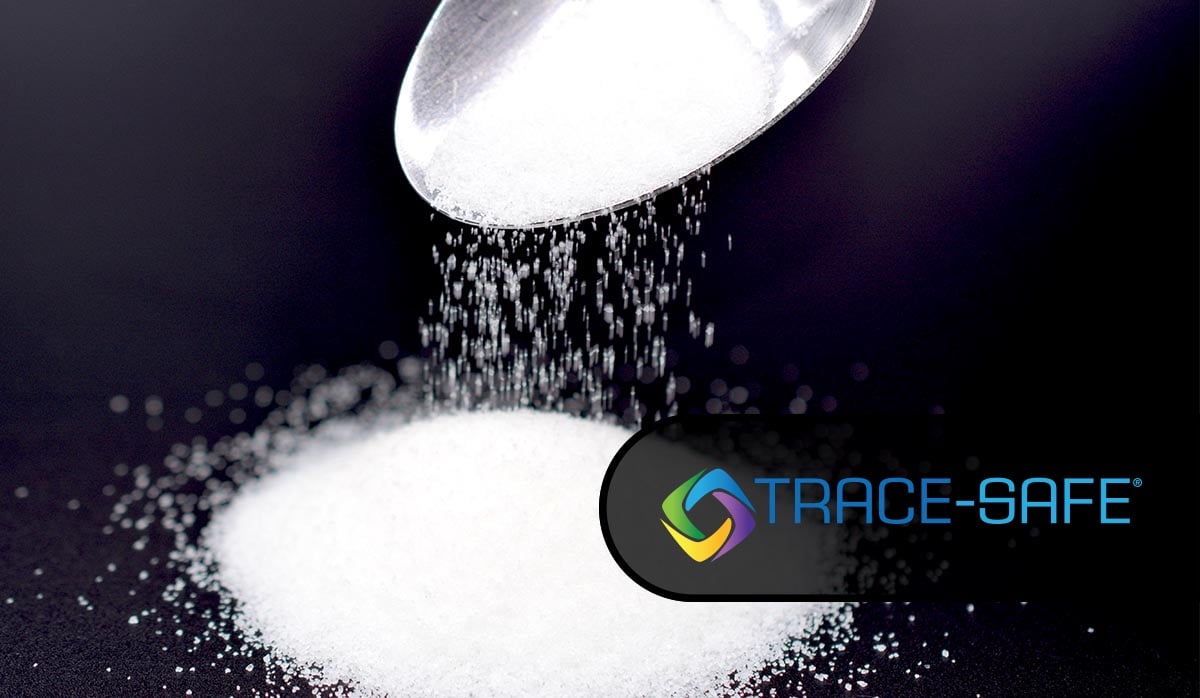
Horizontal directional drilling (HDD) installations generate large volumes of spent drilling mud, which must be managed properly to avoid unnecessary treatment and disposal (T&D) costs and environmental risks. Contractors and owners often choose to solidify drilling mud on-site with superabsorbent polymers (SAPs) because of the cost savings, ease of use, and environmental benefits that SAPs offer. The following SAP FAQs and dosing recommendations may help you to plan a more efficient and safe HDD operation:
What are SAPs?
- SAP = Super Absorbent Polymers
- SAPs can absorb up to 400 times their weight in water and retain fluids under moderate pressures.
Why should I use SAPs?
- Pass EPA Paint Filter Test with minimal reagent (0.5%-1.5%, by weight)
- SAPs offer superior absorbency, compared to sawdust, cement, etc.
- Minimize on-site waste mixing time
- Minimize waste volume & landfill tipping fees
Are SAPs safe?
SAPs are used around the world every day in consumer products like:- Baby diapers
- Soil amendments for agriculture
- Meat packaging
- Puppy pads
How are SAPs Applied?
- The most common application method is mechanical mixing with excavators, rotary‐head mixers, and shovels.
How much time is required to solidify?
- Minutes to hours, depending on chemical composition of fluid.
How should SAPs be stored?
- Indoors, or covered with a tarp if outside
- Prevent water from penetrating package
SAP Dosing Calculator
| Volume of waste (cubic yards) | Volume of Waste (gal.) | Total Mud Weight (lb.) | SAP Needed (lb.) |
| 5 | 1,010 | 12,120 | 121 |
| 10 | 2,020 | 24,240 | 242 |
| 20 | 4,040 | 48,480 | 485 |
| 50 | 10,100 | 121,200 | 1,212 |
| 100 | 20,200 | 242,400 | 2,424 |
| 500 | 101,000 | 1,212,000 | 12,120 |
| 1,000 | 202,000 | 2,424,000 | 24,240 |
| Drilling Mud Unit Weight = | 12 | lb/gal |
|---|---|---|
| SAP Dosage Rate | 1% | (by weight) |
For more information on how SAPs can help you take control of your waste management costs, time on-site, and environmental risks please contact us.




